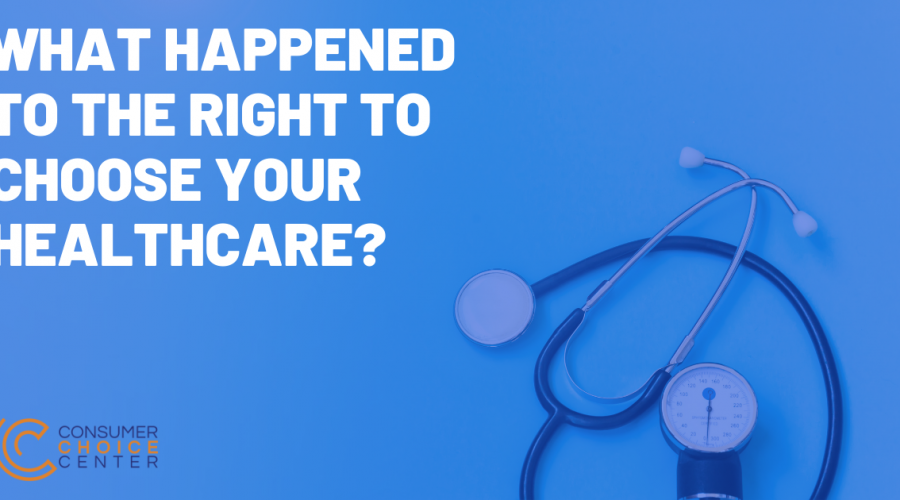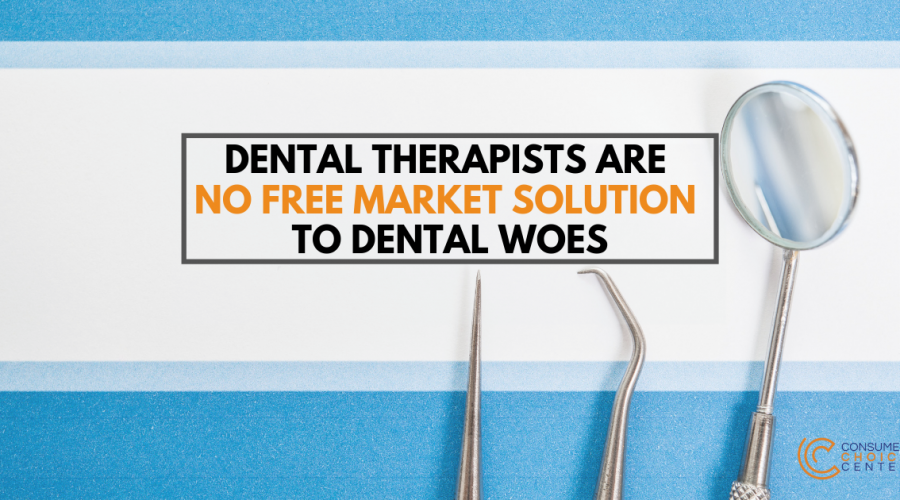Should I Stop Vaping?
Over the past few weeks we’ve seen a surge of headlines that say vaping may be more harmful than we might have initially thought. Seven deaths have been linked to the use of e-cigarettes. In response, some states have banned vaping products. However, naysayers — including experts — argue that a knee-jerk reaction by health agencies is premature, overlooks the harm reduction that vaping achieves, and could cause a potential public health disaster.
If smoking is the de facto predecessor of vaping, then e-cigarettes should be examined within the context of nicotine delivery systems as a whole. Smoking is the leading cause of preventable death in the United States. Should the risk associated with vaping be a deterrent when the alternative is smoking cigarettes?
Some in the recovery community say that it shouldn’t. Many former cigarette smokers have replaced their “analog” smokes with e-cigarettes, using vaping as a means of harm reduction that swaps out cancer-causing tobacco with a safer means of nicotine delivery. Recovery purists and some clinicians, however, argue that smokers are trading one addiction for another and express concerns that, lower risk or not, most vapers are still ingesting large amounts of highly addictive nicotine. They also point to this recent rash of deaths as evidence against vaping.
Before we address the question of harm reduction, though, do the alarming headlines have any merit in science? And given that e-cigarettes have been around for 15 years, why are we only seeing deaths now?
RECENT MEDIA COVERAGE OF VAPING
The American Medical Association (AMA) recently labeled vaping “an urgent public health epidemic,” and physicians have urged the Food and Drug Administration (FDA) to act. The AMA claims that research has shown that the use of e-cigarettes and vaping products is unsafe and causes addiction, however the statement does not provide the supporting research. The AMA also says they “applaud steps to remove flavored e-cigarette products from the market.”
The Centers for Disease Control and Prevention (CDC) issued a statement that together with the FDA, local health departments, and other clinical and public health partners, they are investigating a multi-state outbreak of lung disease associated with e-cigarette products. The FDA echoed the CDC’s concern, calling the outbreak “a frightening public health phenomenon.”
Dr. Dana Meaney-Delman, who is leading the CDC’s investigation, said in a statement, “The recent rise of acute lung illnesses linked to vaping has deepened concerns about the safety of the devices.”
But why now? People have been vaping for over a decade. The CDC’s Meaney-Delman says, “We’re all wondering if this is new or just newly recognized.”
Here’s what we know: As of this writing (9/21/19), the CDC states that 530 cases of lung illness have been reported from 38 states, and seven deaths have been attributed to vaping. Most affected patients also reported a history of using vaping products that contain THC.
The CDC does not yet know the specific causes of these illnesses: “The investigation has not identified any specific e-cigarette or vaping products (devices, liquids, refill pods, and/or cartridges) or substance that is linked to all cases.” Regardless, for those who are concerned with these issues, the CDC recommends refraining from using all vaping or e-cigarette products until they know more.
Elsewhere on the website, the CDC still states that e-cigarettes have the potential to benefit adult smokers as a substitute for regular cigarettes.
E-CIGARETTE BANS GOING INTO EFFECT
Because of the media coverage and caution by public health agencies, we are seeing increasing action across the US: New York’s former mayor, Michael R. Bloomberg, has committed $160 million to ban flavored e-cigarettes, Governor Gretchen Whitmer issued an executive order to ban the sale of flavored vaping products in Michigan, San Francisco has banned the sale of e-cigarettes, and President Donald Trump says the FDA will ban flavored e-cigarettes.
Is this a knee-jerk reaction? It seems that some of the pressure is a result of parents and politicians who are concerned that flavored vaping products are responsible for the surge in teen use. That’s understandable, given the potential for nicotine to harm the developing brain. According to the CDC, one in five high schoolers and one in 20 middle schoolers vape.
For adults, however, there appears to be conflicting statements by researchers, doctors, and health officials.
In a September 2019 article, Dr. Robert Shmerling at Harvard echoed the CDC’s bottom line: Experts are unsure if vaping is causing these lung problems, and lung disease has not been linked to a specific brand or flavor of e-cigarette. A more likely culprit, they claim, is a chemical contaminant within the inhaled vapors that is causing an allergic reaction or immune system response.
This belief is supported by a study that came out last year linking the chemical flavors within e-cigarettes to an adverse effect. Dr. Sven-Eric Jordt, PhD, one of the authors of the study, recently told The Guardian that “the liquids vaporised by e-cigarettes are chemically unstable and form new chemicals that irritate the airways and may have other toxic effects.” These new chemicals are not disclosed by the manufacturers to users.
Dr. Michael Siegel, a professor at Boston University, claims that health officials and physicians are not telling the full story: In every case in which a specific e-liquid has been identified, that e-liquid has been found to contain THC — a fact corroborated by the CDC. He states that the e-liquids in some of these cases were oil-based and typically purchased off the street; therefore, their ingredients are not strictly regulated. It is these oil-based THC liquids that are known to cause acute respiratory illness.
Similarly, the Washington Post reported that the FDA investigation found the same vitamin E-derived oil in cannabis products that were used by those found to be suffering vaping-related illnesses throughout the country.
CDC’S GUIDELINES: UNNECESSARILY BROAD
While Siegel acknowledges we aren’t in a position to draw conclusions about THC oils or to say that street products are definitely to blame, he believes the CDC’s recommendations are unnecessarily broad and consequently harmful, since people who vape may think it’s safer to go back to smoking cigarettes.
“I cannot overemphasize how insane this policy is,” he says. “From a public health perspective, it makes absolutely no sense to ban these fake cigarettes but to allow the real ones to remain on the shelves.”
Instead, Siegel suggests, the CDC could offer more specific and useful guidance to the public, specifically: Do not vape THC oils (including butane hash oil), do not use any oil-based vaping e-liquid product, and refrain from buying products off the street or using any e-liquid that doesn’t disclose its ingredients. To reduce risk, people should “stick to products being sold at retail stores, especially closed cartridges where there is no risk of contamination or the presence of unknown drugs.”
Switching from smoking tobacco to e-cigarettes is a proven harm reduction strategy supported by health officials and used by individuals in recovery.
Lara Frazier, a person in long-term recovery, explained, “I am in abstinence-based recovery and quit smoking cigarettes over four years ago, thanks to e-cigarettes.” Regarding the recent deaths associated with vaping, she says: “There is mass hysteria about vaping, with people not being properly educated on what is actually occurring.”
Frazier is concerned about the consequences of recent official warnings: “Nicotine addiction is like any addiction, and banning flavors will likely not result in less nicotine being smoked. This could cause more harm because the teenagers will have to find black-market cartridges, make their own juice, and/or switch to smoking cigarettes.”
She continues, “I think it’s ridiculous that they are going to ban all flavored juices that aren’t tobacco-based on five (now seven) deaths and illness without properly looking at the data or researching the cause of the illness.”
VAPING AS HARM REDUCTION
There is world-wide support and evidence for vaping as harm reduction. A study conducted by the New England Journal of Medicine found that vaping was nearly twice as effective as conventional nicotine replacement products for smoking cessation.
In the UK, Public Health England also supports vaping as a harm reduction strategy. Even in light of the recent concerns, their position has stayed the same: “Our advice on e-cigarettes remains unchanged — vaping isn’t completely risk-free but is far less harmful than smoking tobacco. There is no situation where it would be better for your health to continue smoking rather than switching completely to vaping,” they said.
Yaël Ossowski, deputy director of the Consumer Choice Center, urged President Trump to consider the facts before reacting hastily and pushing for a ban, arguing that vaping is a less harmful alternative for consuming nicotine. Ossowski cites a 2016 report by the UK’s Royal College of Physicians, which reviewed the science, public policy, regulation, and ethics surrounding vaping and concluded that e-cigarettes should be promoted widely as a substitute for smoking. The report also sought to clear up misinformation about vaping and long-term harm, stating that while there is a possibility of harm from e-cigarettes, it is unlikely to exceed five percent of that associated with tobacco products.
SMOKING CIGARETTES IS STILL THE LEADING CAUSE OF PREVENTABLE DEATH
According to the Centers for Disease Control and Prevention, more than 16 million Americans are living with a disease caused by smoking. We have abundant evidence that smoking leads to disease and disability, harming nearly every organ in the body. It causes cancer, heart disease, stroke, lung diseases, diabetes, and chronic obstructive pulmonary disease. It also increases the risk for tuberculosis, eye diseases, and autoimmune conditions.
Worldwide, the use of tobacco products is responsible for more than seven million deaths each year. In the U.S., 480,000 people die every year from smoking, and 41,000 people die as a result of secondhand smoke. Economically, smoking has a huge impact on the United States: it costs $170 billion a year in direct medical care, and $156 million in lost productivity.
Smoking remains the leading cause of preventable death.
At this point, the evidence supports vaping as an effective means of harm reduction, thus outweighing the limited risks. Further, public health officials have yet to complete their investigations into these risks so they can conclusively identify the cause of the deaths attributed to vaping. It seems foolish to enforce blanket bans on e-cigarettes, as that may cause further harm by pushing people toward buying black-market vaping products or resuming smoking cigarettes.
Read more here











